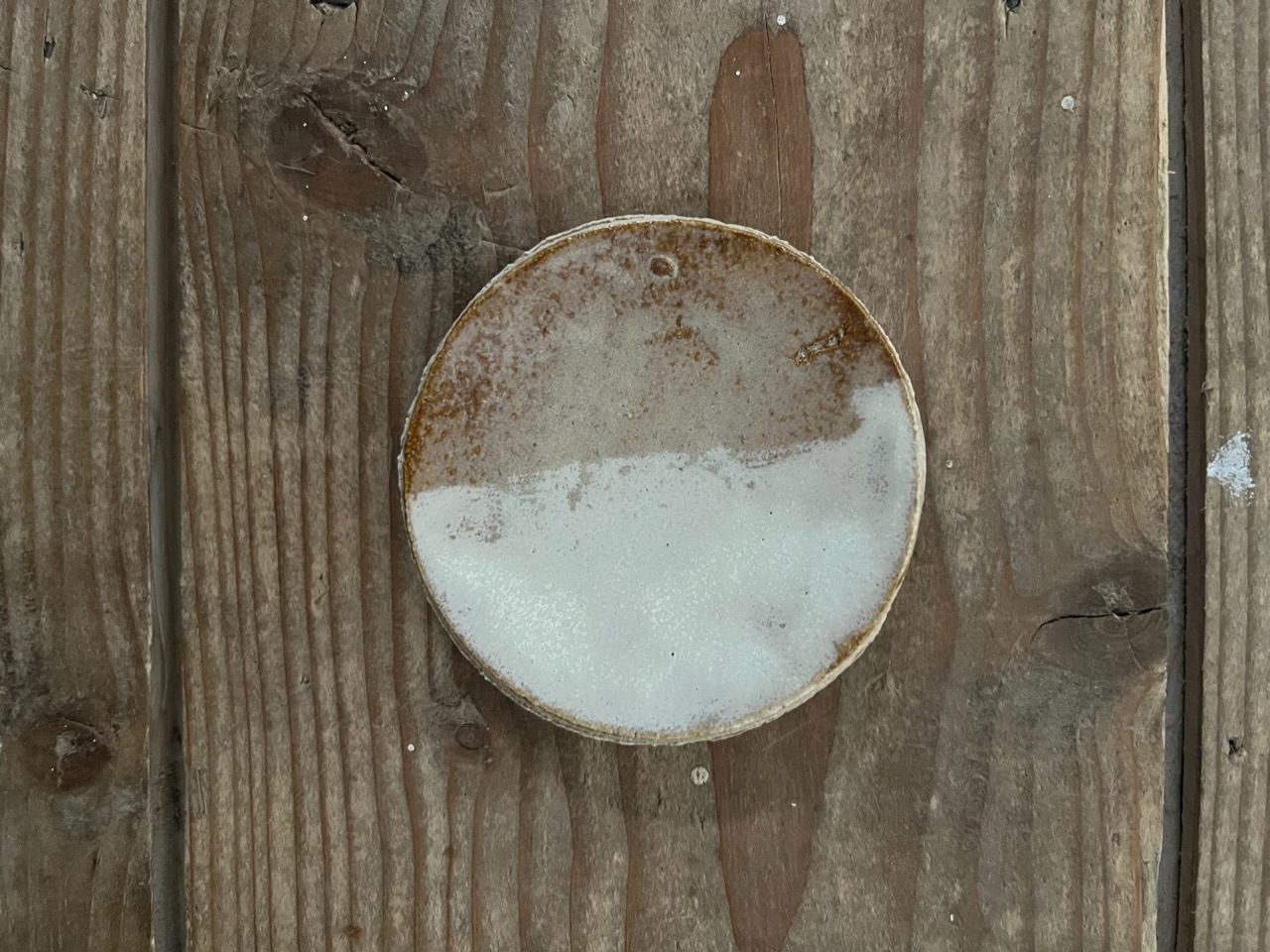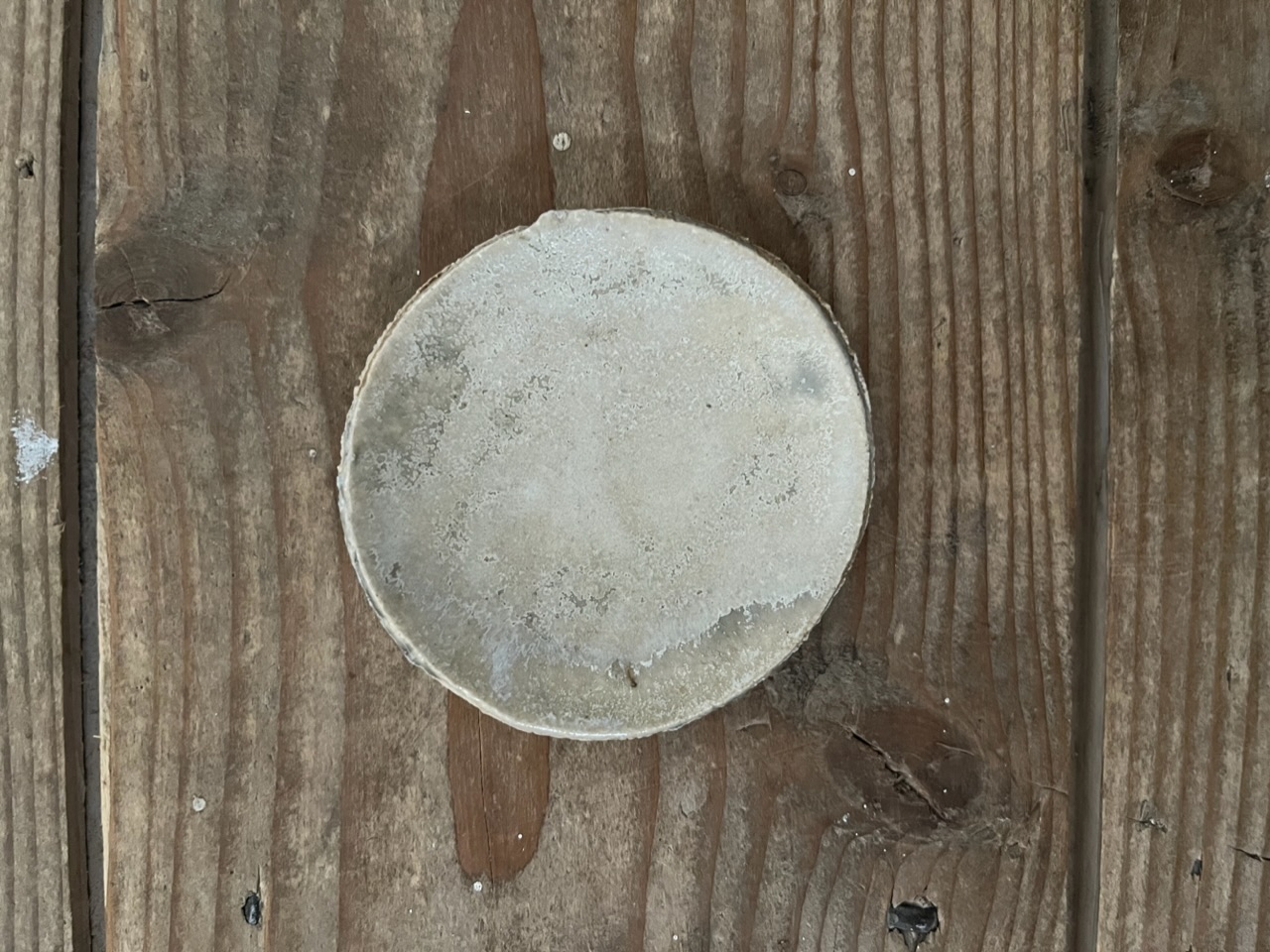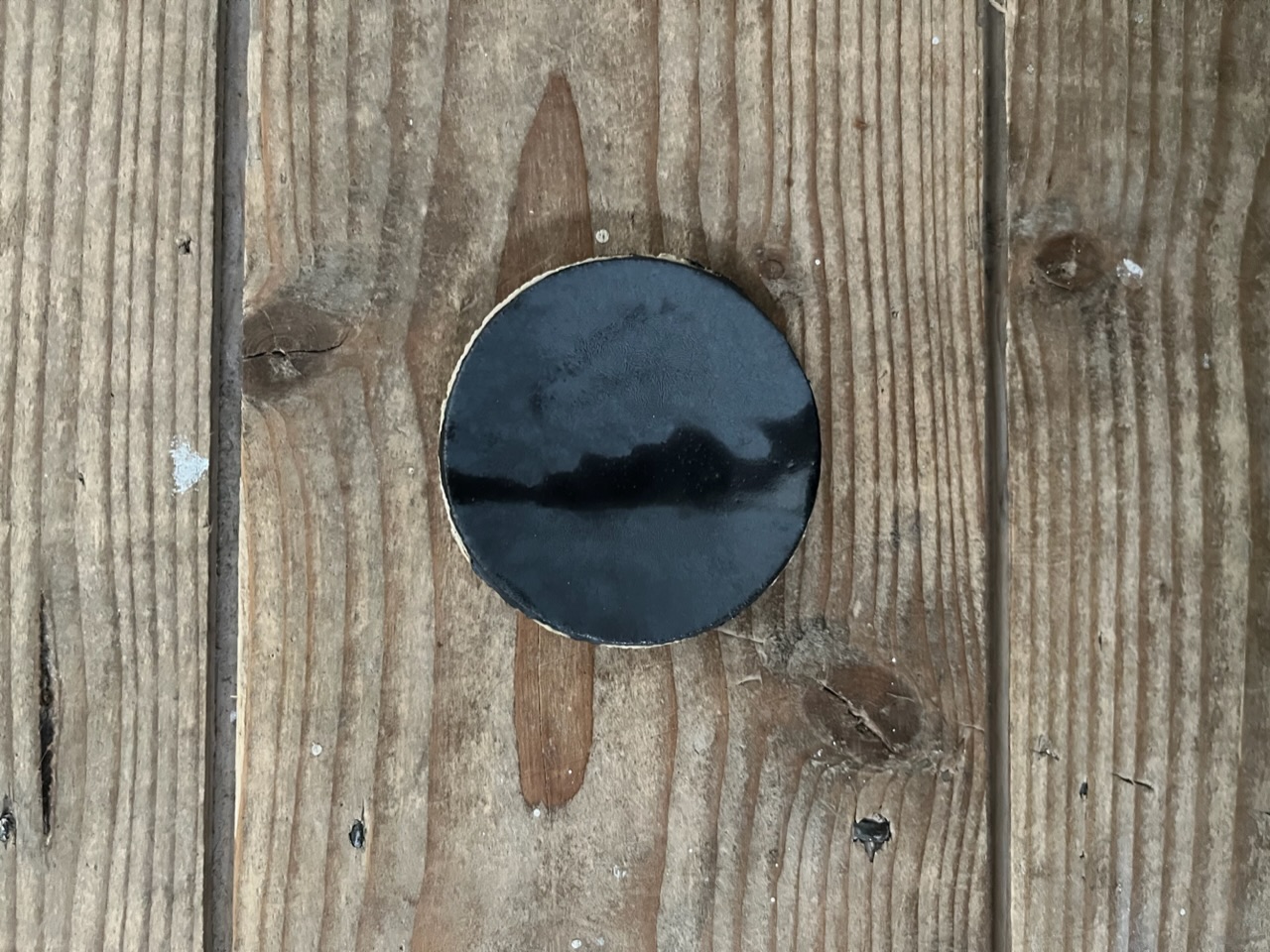DYCP
 A pot decorated with a natural glaze developed as a result of this DYCP project.
A pot decorated with a natural glaze developed as a result of this DYCP project.
For 12 months I have been researching and learning about natural glazes with a view to creating my own bespoke glazes. I have been able to spend time experimenting with various natural materials thanks to Arts Council England who have supported the project through their Developing Your Creative Practice programme.
As part of the project, I have written a summary of the materials I used, the process I utilised and what the resulting glaze was like. I have not included full recipes but Bernard Leach’s base glaze is a good place to start if you don’t have your own base recipe. A base glaze, however, isn’t always necessary depending on the natural material being used.
The materials I used
- Plant ashes, some from my garden and some from the ‘wild’.
- Marine material, such as shells, driftwood and rocks.
- Esturine material such as clay and rocks.
- Local clays, vegetation and rocks.
- Purchased raw materials such as oxides and whiting.
Processing the natural materials
- Plants and vegetation were burned, cooled, washed and sieved.
- Marine material was burned or crushed. Rocks needed to be heated in the kiln before being ground.
- I added water to the combined dry materials and mixed until I created a 'slop' or glaze that was the same consistency as single cream.
- I brushed the glazes on to test saucers made from white stoneware clay.
 Red clay slip and wood ash
Red clay slip and wood ash
Firing the test saucers
- The consensus is that natural glazes produce the best results in a reduction atmosphere, however, I used an electric kiln and oxidation.
- A couple of things that worked best for me were building heat slowly at the beginning and including a decent soak in the middle of the firing and at the end.
- I fired to cone 8.
 Fired glaze tests
Fired glaze tests
Glaze results
The natural ingredients used are listed above the photo of the corresponding result. This is only a selection of the tests but they give a good overview of the results I got from ashes and rock.
Horsetail ash, hydrangea ash, quartz
Reed ash over roadside rock deposit
Unknown wood ash (foraged) over granite type rock. Two layers of ash on bottom half
Mixed ash and hydrangea ash over rock deposit from garden
Driftwood ash over horsetail ash and shells
Esturine clay underneath esturine wood ash and rock deposit
Nettle ash and mixed weed ash with egg shells
Rock from my garden, horsetail ash over the top
Slip from clay dug from my garden underneath granite type rock dug from garden and small amount of banana peel deposit
Mixed wood ash (birch, pine) and peat ash
Mixed wood ash (birch, horsetail), 1-3 layers top to bottom
Roadside rock underneath, nettle ash and apple ash over the top
Pine ash and horsetail ash over garden clay slip, additional whiting
Driftwood ash and quartz like beach rock deposit
Esturine rock deposit and sediment
Out of all the glaze tests carried out, of single materials as well as combinations, the results above were the most interesting and further refined to create two signature glazes. These are the wood ash glaze pictured at the top of the page and a glaze combination I call 'Jupiter' pictured below. The possibilities are endless for new recipes and this project will continue beyond DYCP.
